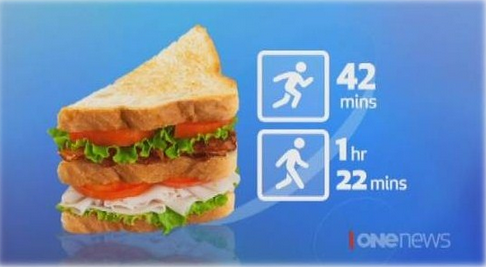Every day in the supermarket, we have to face the decision to buy one product or another. Unconsciously, and according to experts, we dedicate about 6 seconds to choose. If we only look on nutritional aspects, manufacturers must be able to communicate that their products offer advantages in relation to others. Thus, by nutrition labeling, manufacturers inform us about nutrients that a food gives us (nutrition claims) and even gives us information about possible health effects (health claims).

From the consumers’ point of view, nutrition labeling would allow to choose a product knowingly, favoring even some changes in their eating behavior. Until now, at European level, some models for nutritional information have been designed so that information arrive easily to consumers, such as the use of Guideline Daily Amount (GDA), the nutritional traffic light, different symbols or health logos, etc. However, it does not seem that we are getting it, because some labeling studies continue showing that this information is difficult to understand for almost the 44% of people.
Having in mind that in the UK more than two thirds of the population is overweight or obese, the Royal Society for Public Health insists on the urgent necessity to propose innovative measures, relating to the labeling, able not only to provide information, but to change the consumer behavior. And for this, they propose to inform about the calories of food from a totally different perspective. So, instead of indicating the calories of a food, the product provides us the information about the necessary physical activity indicated to spend those calories, it means ‘equivalent activity’.

At the beginning, I have to admit that I like this labeling proposal, because it offers an easy reference and understandable for all, and it encourages to think about the necessary balance between calories consumed and those that are spent. But the best thing is that this initiative uses positive reinforcement, so that encourages us to get started in physical activity rather than stop eating certain foods. In this way, I believe that it could be possible to influence in the eating behavior of consumer and their lifestyle. I think that now the message that my brain receives will be: ‘you will burn these sweet biscuits with the sweat of your brow’, instead of ‘if you eat these biscuits, they will live in your body forever’.
Other proposal for labeling, which comes from the same British company, is based on including photos with the amount of sugar or salt that a food carries. Of course, the impact of reading that you are ‘eating’ 60 grams of sugar with a drink is not the same as watching equivalent to 15 sugar cubes. Is it?
I want to call these brilliant and wonderful ideas of labeling ‘ideas of clear labeling’, and I hope to collect more of them in order to tell them us in this blog.
- Waiter! One of dung beetles! - 10 February 2023
- Attention: NutriScore Traffic Light! We have a huge mess - 14 January 2021
- Acrylamide has a special ‘COLOR’ - 23 January 2019
